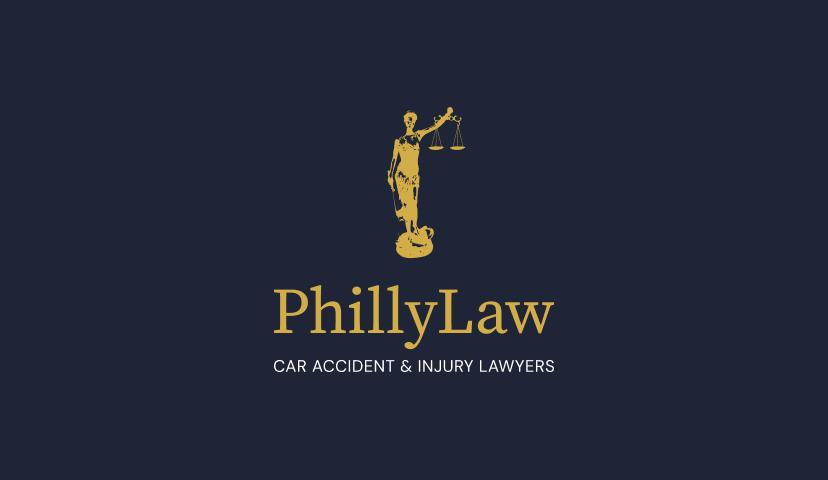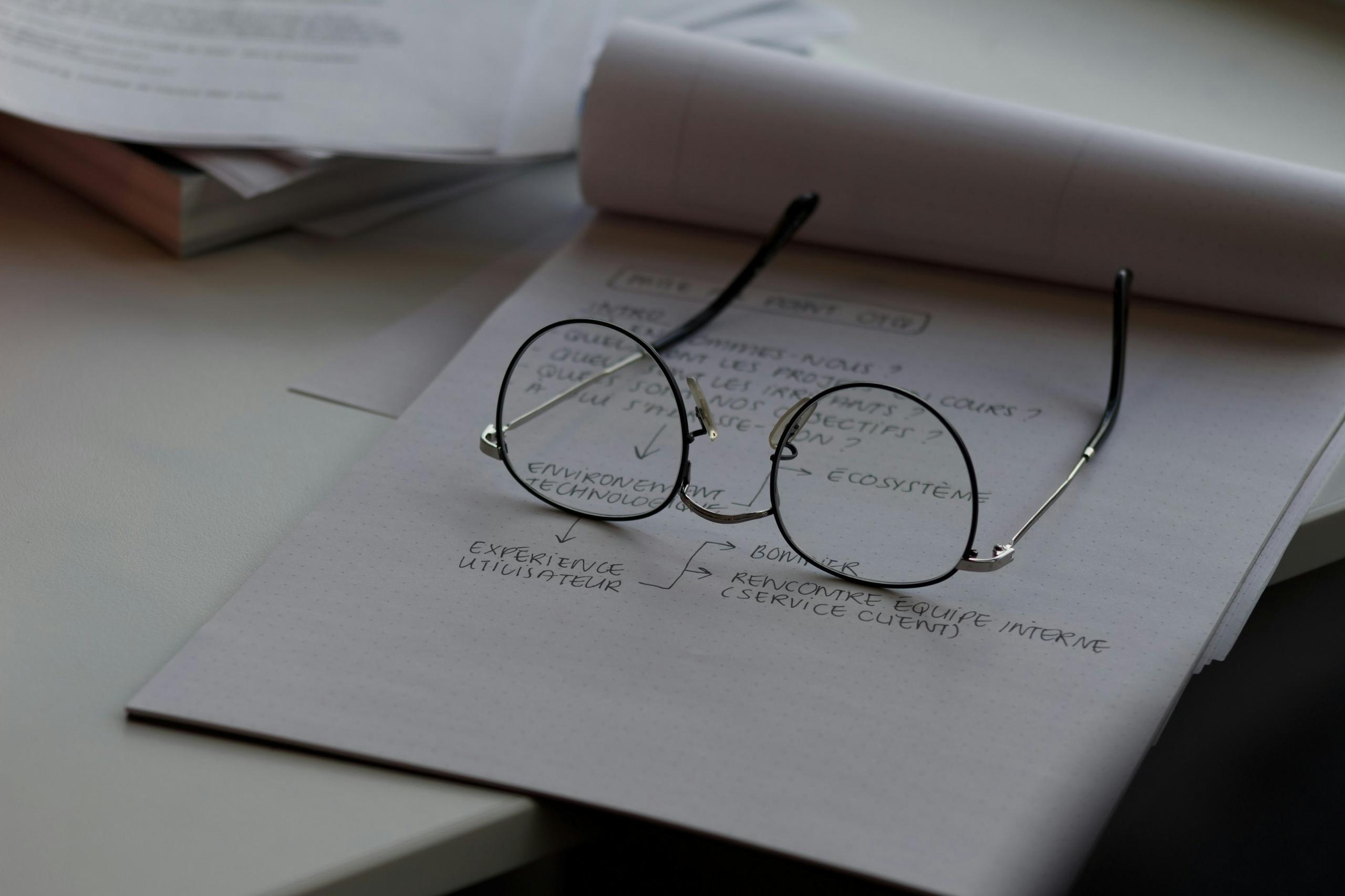
Most Dangerous Intersections in Philadelphia
The Most Dangerous Intersections in Philadelphia for Traffic Accidents
Philadelphia, known for its rich history and vibrant culture, unfortunately, also has a reputation for hazardous traffic intersections. The Pennsylvania Department of Transportation has recorded that Philadelphia County had 7.5% of all traffic accidents in Pennsylvania, second only to Allegheny County in 2022. Sadly, Philadelphia had the most traffic-related fatalities in 2022, having nearly three times as many fatalities as Lancaster County. If you have been injured in a car accident in one of these dangerous intersections in Philadelphia, contact PhillyLaw for a free consultation with an experienced attorney to learn more about your ability to recover compensation through a personal injury claim.
The most dangerous intersections in Philadelphia include:
Roosevelt Boulevard and Grant Avenue
Roosevelt Boulevard and Grant Avenue, a major crossroad in Philadelphia, has earned notoriety for being one of the city’s most dangerous intersections. This area sees a high volume of vehicular traffic, including heavy trucks, alongside pedestrians and cyclists, creating a complex and often chaotic traffic flow.
Grant Avenue and Southwest 49th Street
Another notoriously dangerous intersection in Southwest Philadelphia is the crossroads of Grant Avenue and Southwest 49th Street. This intersection is characterized by its confusing traffic patterns and high volume of both vehicular and pedestrian traffic.
Broad Street and Washington Avenue
The intersection of Broad Street and Washington Avenue is a dangerous intersection for both drivers and pedestrians. The blend of high-speed traffic, confusing signals, and the intersection’s vast size contribute to an environment ripe for auto accidents..
Market Street and 30th Street Station
Adjacent to one of Philadelphia’s busiest transit hubs, the intersection near Market Street and 30th Street Station is a known hotspot for pedestrian accidents. With thousands of commuters, tourists, and locals passing through daily, the mix of heavy pedestrian traffic with buses, cars, and bicycles makes this area especially hazardous. The complexity of traffic signals, combined with the high volume of vehicles and commuters rushing to catch trains or buses, often leads to confusion and unsafe crossing conditions and ultimately pedestrian accidents. Efforts to enhance pedestrian safety have included better signage and timed crossings, yet despite these improvements, the intersection remains a challenging and dangerous crossing point within the city.
Red Lion Road and Roosevelt Boulevard
The complexity and high traffic volume at the intersection of Red Lion Road and Roosevelt Boulevard significantly elevate the risk of car accidents. This area, characterized by bustling activity and a mix of vehicle types, poses particular challenges for drivers due to its fast-paced environment and the intricacies of its road layout. The intersection’s configuration, coupled with high-speed limits, often results in confusion among drivers, leading to risky maneuvers and, ultimately, collisions that lead to car accident claims.
These intersections represent just a snapshot of the city’s problematic areas that pose a constant risk to drivers and pedestrians alike.
The Most Dangerous Roads in Philadelphia for a Car Accident
Roosevelt Boulevard
Roosevelt Boulevard, stretching extensively through Philadelphia, is frequently cited as one of the city’s most dangerous roads for numerous reasons. Its design accommodates multiple lanes of high-speed vehicular traffic, dramatically increasing the risk of serious accidents. The Boulevard intersects with numerous residential and commercial areas, leading to a significant mix of pedestrians, cyclists, and vehicles that complicates its traffic dynamics. The presence of long stretches without adequate pedestrian crossings further elevates the danger to non-motorized road users, forcing risky crossing behaviors. High-speed limits and complex intersections, like those with Red Lion Road and Grant Avenue, compound these issues, making Roosevelt Boulevard a challenging environment for ensuring safety. The city recognizes the need for comprehensive measures, including infrastructure improvements and enhanced traffic enforcement, to mitigate the risks associated with this vital yet dangerous thoroughfare.
Broad Street
Broad Street, cutting through the heart of Philadelphia, is another major artery known for its dangerous traffic conditions. It is a bustling thoroughfare that accommodates a diverse mix of vehicles, including buses, cars, and bikes, along with heavy pedestrian traffic. The combination of high-volume vehicle flow, frequent bus stops, and busy pedestrian crosswalks creates a complex and hazardous navigation environment where many accidents occur.
The Schuylkill Expressway (I-76)
The Schuylkill Expressway, known as I-76, stands as perhaps one of the deadliest road segments in Philadelphia for car accidents. Winding along the Schuylkill River, I-76 is notorious for its narrow lanes, limited shoulders, and frequent congestion, particularly during rush hours. The combination of high traffic volume, aggressive driving behaviors, and the frequent occurrence of construction projects exacerbates the risk of collisions. Additionally, the expressway’s numerous on-ramps and exits contribute to sudden lane changes and stop-and-go traffic, creating a perilous environment for both seasoned locals and unsuspecting visitors alike.
The Delaware Expressway (I-95)
The Delaware Expressway, part of Interstate 95 as it passes through Northeast Philadelphia, one of the other most dangerous roads in Philadelphia. This stretch of I-95 is critical for both local commuting and as a key segment of the East Coast’s main north-south artery. High traffic volumes, coupled with complex interchange configurations, such as the ones near the Philadelphia International Airport and the Girard Point Bridge, significantly contribute to its hazardous conditions. Frequent lane switches, tight merges, and the mix of local and through traffic lead to confusion and aggressive driving behavior, escalating the potential for accidents. Additionally, the ongoing construction projects intended to improve the expressway often result in sudden lane closures and traffic pattern changes, further increasing the risk to motorists. The Delaware Expressway’s role as a primary route for commercial transportation adds to the challenge, with heavy trucks and passenger vehicles navigating its confines simultaneously.
Bustleton Avenue
Bustleton Avenue, traversing through diverse neighborhoods of Northeast Philadelphia, also emerges as a dangerous road in Philadelphia. This thoroughfare, bustling with shops, residences, and schools, experiences a high volume of vehicular and pedestrian traffic, making it a complex and challenging environment for navigation. The avenue’s layout, featuring multiple intersections without sufficient pedestrian signals or crosswalks, significantly heightens the risk of pedestrian accidents. Furthermore, the combination of narrow lanes, on-street parking, and frequent bus stops complicates the flow of traffic, leading to frequent bottlenecks and sudden stops.
Occurrence of Fatal Crashes in Philadelphia
Philadelphia’s roads present a challenging landscape for traffic safety, with the occurrence of fatal crashes being a significant concern. The city’s complex urban environment, combined with the high volume of vehicles, cyclists, and pedestrians, creates numerous opportunities for potentially deadly accidents. Fatal crashes often result from a combination of high-speed driving, aggressive maneuvers, and the failure to yield to pedestrians at crossings. Notably, intersections and expressways mentioned, such as Roosevelt Boulevard and the Schuylkill Expressway, are frequent scenes of such tragic incidents. These areas, known for their hazardous conditions, contribute disproportionately to the city’s traffic fatalities.
Common Causes of Traffic Accidents in Philadelphia
The most common causes of accidents on Philadelphia’s most dangerous roads encompass a range of factors that contribute to the high incidence of traffic collisions throughout the city.
Speeding
Speeding ranks as a leading cause of a car accident, as drivers often exceed posted speed limits, especially on roads such as Roosevelt Boulevard and the Schuylkill Expressway, where higher speeds significantly reduce reaction times and increase the severity of crashes.
Distracted Driving
Distracted driving, including the use of mobile phones, navigation systems, and other in-car distractions, further exacerbates the risk of a car accident, leading to a failure to notice changes in traffic flow, signals, or the presence of pedestrians and cyclists.
Aggressive Driving
Aggressive driving behaviors, such as erratic lane changes, tailgating, and failing to yield, are particularly prevalent on congested routes like the Schuylkill and Delaware Expressways, contributing to a hostile environment prone to car accidents.
Drunk Driving
Drunk driving remains a persistently dangerous issue on the streets of Philadelphia, contributing significantly to both the frequency and severity of traffic accidents. Impaired driving dramatically reduces a motorist’s reaction time, judgment, and overall ability to control their vehicle, making it a leading factor in catastrophic collisions.
Complex Roadways
The complex layout of certain roadways, coupled with inadequate signage and poor lighting, confuses drivers, particularly those unfamiliar with the area, resulting in wrong-way driving or sudden stops leading to a car accident.
Not Wearing Seatbelts
Not wearing seatbelts is another significant factor contributing to the severity of car accidents in Philadelphia. Despite the known safety benefits, a surprising number of Philadelphia drivers and passengers neglect this basic safety measure, with PennDOT noting that Philadelphia County is over one-third as likely to not wear their seatbelts. Pennsylvania law requires seatbelt use, yet compliance varies, and in Philadelphia’s most hazardous areas, the failure to buckle up can turn a minor collision into a fatal incident. The city’s high-speed roads and congested traffic conditions necessitate seatbelt usage as a simple yet effective means of reducing injury and fatality rates in accidents. Traffic safety campaigns continue to emphasize the importance of seatbelts, alongside efforts to enforce compliance through legal means.
Addressing Safety Through Red Light Cameras
In response to the ongoing traffic safety issues in Philadelphia, particularly at high-risk intersections and stretches of road, the city has considered installing red light cameras as a proactive measure. These automated systems, designed to capture images of vehicles entering intersections against a red traffic signal, aim to deter violations that commonly lead to accidents, including side-impact collisions and pedestrian injuries. The evidence from areas where red light cameras have been installed shows a marked decrease in the number of violations, contributing to an overall enhancement in road safety. By penalizing drivers who choose to ignore red lights, these cameras not only directly reduce incidents at monitored intersections but also foster a culture of compliance with traffic laws across the city. This approach aligns with broader efforts to create safer urban environments by leveraging technology to address complex challenges.
Common Traffic Accident Injuries in Philadelphia
The consequences of traffic accidents on Philadelphia’s dangerous roads can lead to a range of injuries, some of which can have a profound impact on the lives of those involved.
- Soft Tissue Injuries
- Whiplash
- Broken Bones
- Head Injuries, including mild concussions and traumatic brain injuries
- Spinal Cord Injuries and Paralysis
Understanding the common injuries resulting from Philadelphia car accidents highlights the importance of road safety measures, awareness campaigns, and the need for effective emergency response in Philadelphia.
PhillyLaw is Committed to Helping You Recover Damages for Traffic Accidents in Dangerous Philadelphia Intersections
PhillyLaw has experienced car accident lawyers who are dedicated to helping victims of traffic accidents. A personal injury attorney at PhillyLaw will understand the complexities of the city’s roadways, the common causes of accidents, and the extensive repercussions these incidents can have on individuals’ lives. They are adept at navigating the legal landscape to ensure their clients receive the compensation they deserve for medical bills, lost wages, and emotional distress. Whether you’re a driver, passenger, or pedestrian affected by a Philadelphia car accident, contact a skilled car accident lawyer at PhillyLaw for a free consultation to learn how this law firm can help you seek justice for your injuries.






